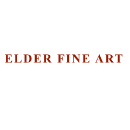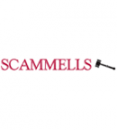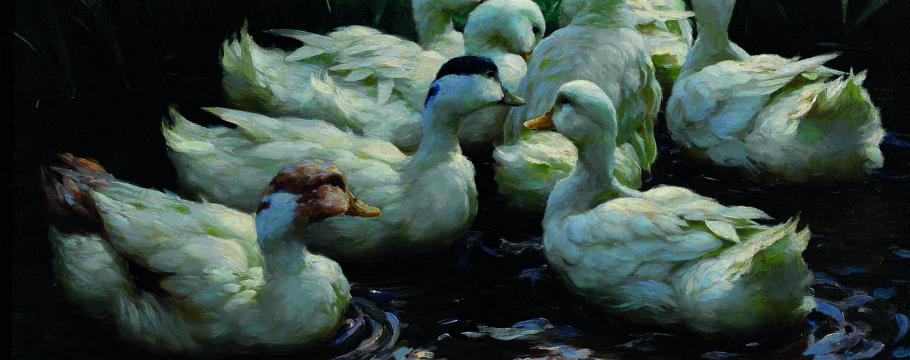
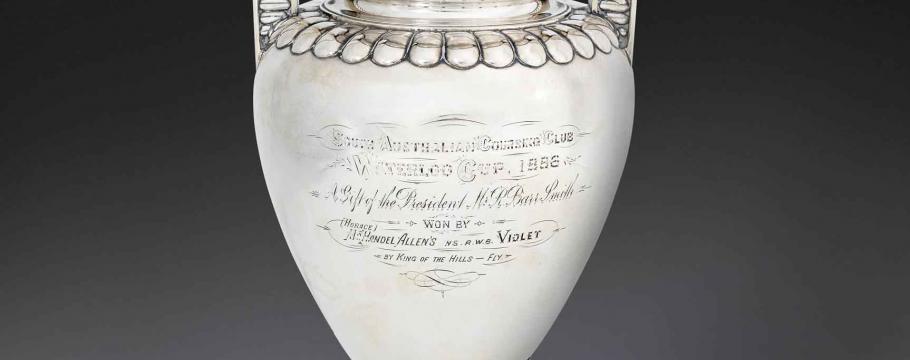
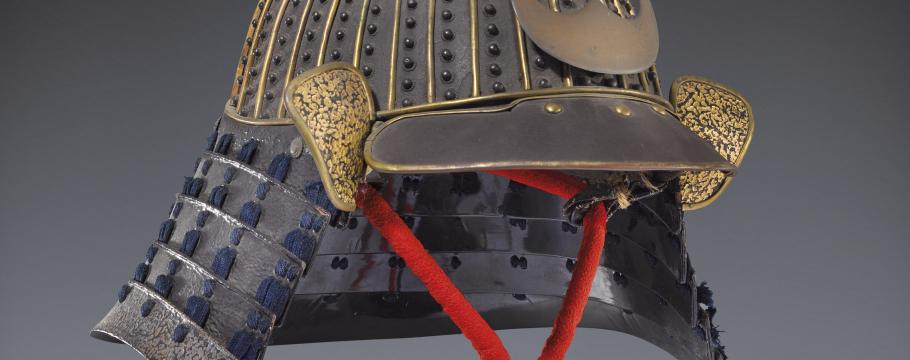
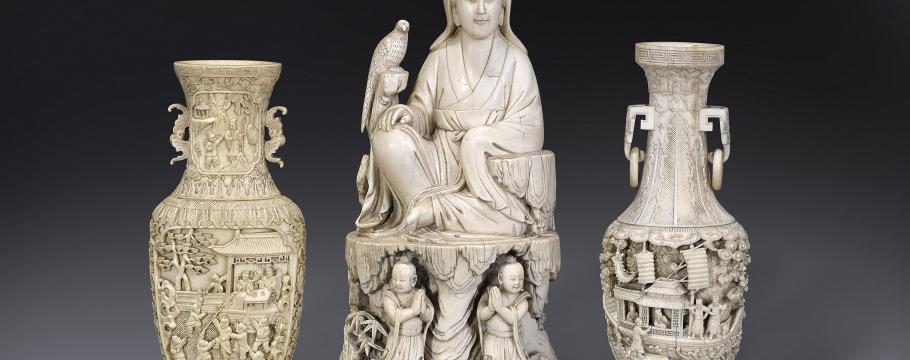
Famous duck painting Sotheby's auction highlight
Author: Richard Brewster | Posted: 25th July, 2014
Sotheby’s Australia forthcoming Fine Asian, Australian & European Arts & Design Melbourne auction will highlight the painting Ans Ufer (Enten) by German artist Alexander Koester, famous for his painting of ducks.
From a private Queensland collection, the painting shows Koester’s mastery of Impressionist brushwork techniques and depiction of ducks.
The auction, from 6pm Tuesday July 29 at Level 2, 41 Exhibition Street Melbourne, features an impressive selection of Asian ceramics, furniture and works of art – and a strong selection of Australian and European furniture, silver, paintings and works on paper.
Another interesting painting is the portrait of Louis XIII of France (circa 1613) from the Circle of Fran Pourbus The Younger, formerly from in the collection of England’s 6th Earl of Roseberry).
Among the private collections and estates on offer are those of Barbara Tucker, the late hotelier Alexander Slutzkin and the Fisken family from the historic property Lal Lal at Ballarat.
Auction goers will be particularly impressed with the Asian works of art and furniture that include a 19th-20th century Chinese recessed leg table Pingtouan, a Huanghuali round-cornered tapering cabinet from the Yuanjiaogui Qing dynasty and a finely carved white jade “lotus” bowl with overlapping rows of upright petals.
An important piece of Australia’s sporting and silversmith history is the 1886 South Australian Coursing Club Waterloo Cup (made about 1882-1883).
The South Australian Coursing Club’s premier greyhound race was arguably one of the biggest and most anticipated sporting events in Australia at the time – and the cup was a gift from club president and prominent Adelaide businessman Robert Barr Smith to the 1886 Waterloo Cup winner, whose dog defeated his in the race.
Formerly owned by the late John and Jan Altmann, collectors of fine examples of Australian silver and other works of art (much of which was donated to the National Gallery of Victoria from the 1970s to the 1990s), the cup – an excellent example of Australian silversmithing – has been exhibited both at the NGV and the National Gallery of Australia in Canberra.
It was made by one of Australia’s most highly regarded colonial silversmiths, Henry Steiner, who trained in Germany and came to Adelaide during the gold rush in1858.
The cup is simple in its design, bearing none of the usual decorative engravings typical of Victorian silver during that time.


